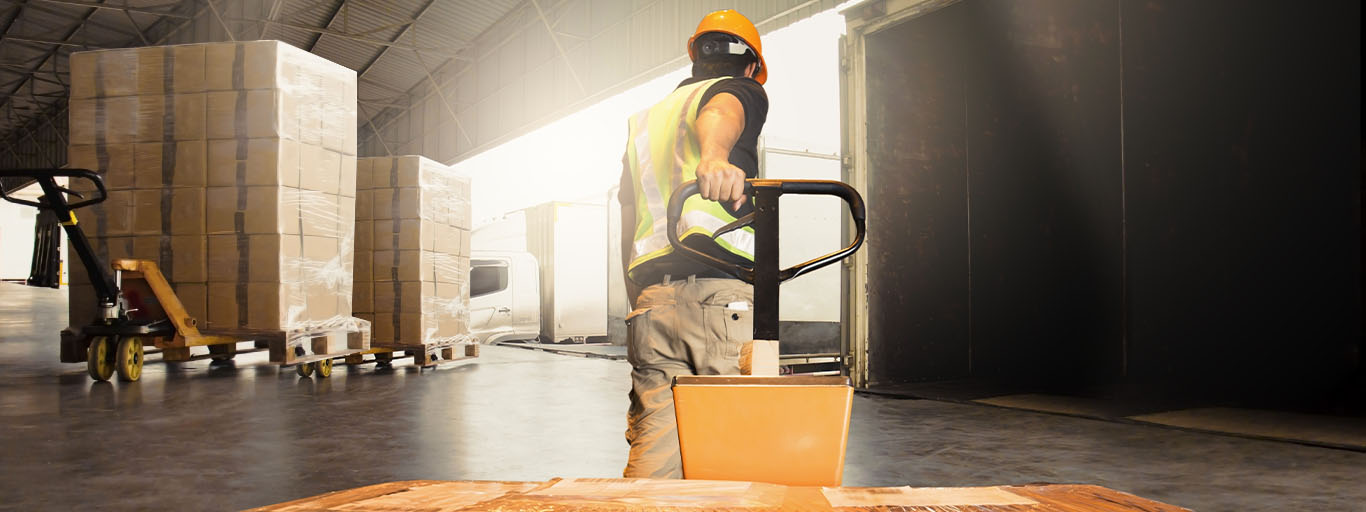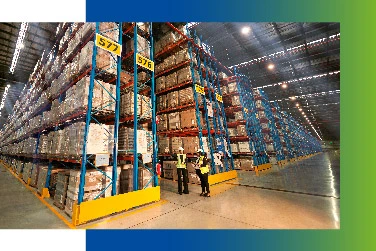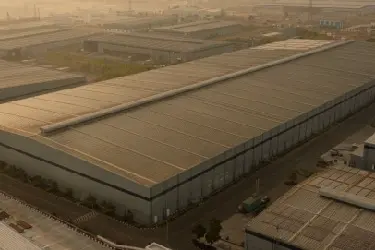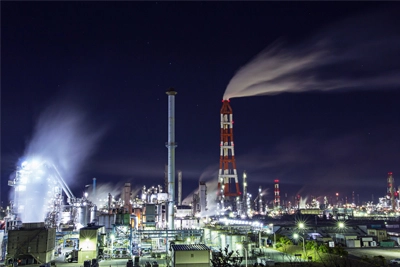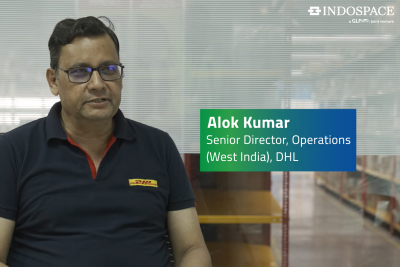When it comes to logistics and to warehouse management in particular, the design layout of the warehouse, space efficiency and storage solutions, the efficiency of the flow of logistics, and inventory management software and systems are all considered priorities. Warehouse material handling equipment, simply referred to as the MHE, are often sent to the bottom of the list but it is evident that these MHE are key to both the productivity of the warehouse unit and to the safety of the workers managing the material handled in the unit. Here are some of the aspects of making the most of your MHE that you may want to look into.
Do you have the right MHE for your warehouse operations?
This is possibly the most critical question that you may want to answer before commencing operations or at least during your annual operations review. Most warehouses in India use these 4 categories of MHE –
- Industrial trucks
- MHE for Handling and Storage
- Automated Systems
- HE for Bulk Material Handling
The type of MHE you need may also depend on the materials being stored and transported in your warehouse. Will hand trucks do better than platform trucks for your warehouse? Are your walkie stackers equipped to handle the load or do you need order pickers? Do the conveyor belts in your warehouse need reclaimers? Now there are no easy answers but a thorough understanding of the bottlenecks of your operations will certainly help you make the right choices.
Making the right MHE choice
The very first factor determining your MHE is the type of material that you shall be storing in and transporting from your warehouse. The order picking method will then determine the picker equipment such as reach truck, order picker etc. One of the most important factors determining your MHE needs is the layout of your warehouse and factors such as aisle width, ceiling height, rack type etc. If your warehouse operations is open to servicing multiple loads or materials being handled, you may need customisable MHE.
Getting your MHE acquisition systems right
Once you know what MHE suits your warehouse and logistics needs, you may want to examine your MHE acquisition systems. MHE acquisition may be in the form of buying, renting, or leasing. Most of the largest logistics parks in Hyderabad and other major cities of India use a combination of these systems to equip the warehouse depending on load and seasonal demands. Verify the equipment and draw up clear contracts in case you decide to lease this equipment. The contracts should detail the time period, exact equipment to be leased, the details about who undertakes repairs, and payment details. This shall define the profitability and sustainability of your business.
MHE optimisation and documentation
To get the very best out of your MHE, it is important to have meticulously maintained equipment handling data available at any given time. It is important to maintain and periodically review data on the hours of use, the change of operators, and the load details for all MHE. This provides a clear picture of the cost per hour and also helps in determining service requirements. It also provides us a clear picture of the operator training needs for your warehouse operations.
MHE maintenance, servicing, and replacement
Your warehouse MHE is the very backbone of your logistics operations. They needed to be treated with the care and precision that is due to them. This means undertaking routine inspection, servicing as and when necessary or even periodically, and replacing them when needed becomes an integral part of your materials management strategy. A pre-shift MHE check could be built into routine SOPs.
The material handling equipment that you use will define the efficacy and profitability of your warehouse operations. It is important to care for the equipment and ensure that the personnel handling them are well-trained. Making the most of your MHE may well determine your success as an enterprise.
